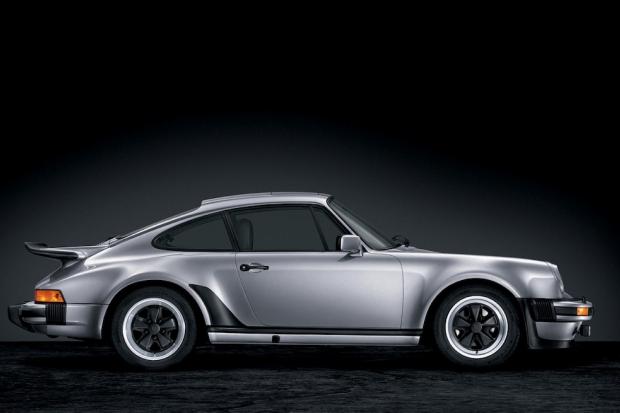
While the modern motoring press is getting overheated at the Frankfurt Motor Show, digging deep into the cliché tombola and complaining of sore feet, at C&SC we tend to think back to previous years.
In my case specifically 1973 when a certain silver prototype appeared on the Porsche stand.
Could it really be 40 years ago that someone slapped a Turbo on the even-then-venerable 911, which it has to be said seemed to be doing OK and going plenty quick enough with a normally aspirated 3-litre engine?
What mayhem was unleashed, what cultural divisions were made. Was any car ever more revered and reviled at the same time?

By the time the Porsche Turbo slipped into the late 1980s, like Zagat's, espadrilles and white Testarossas, in the public eye it seemed to simultaneously represent everything that was good, evil and ridiculous in the world. Contemptuous and contemptible in equal measure.
I often wonder if even Porsche regretted its success, rued the hands the whale-tailed driving machine fell into… and then promptly out of as it disappeared backwards through a hedge quicker than you could say Merrill Lynch.

